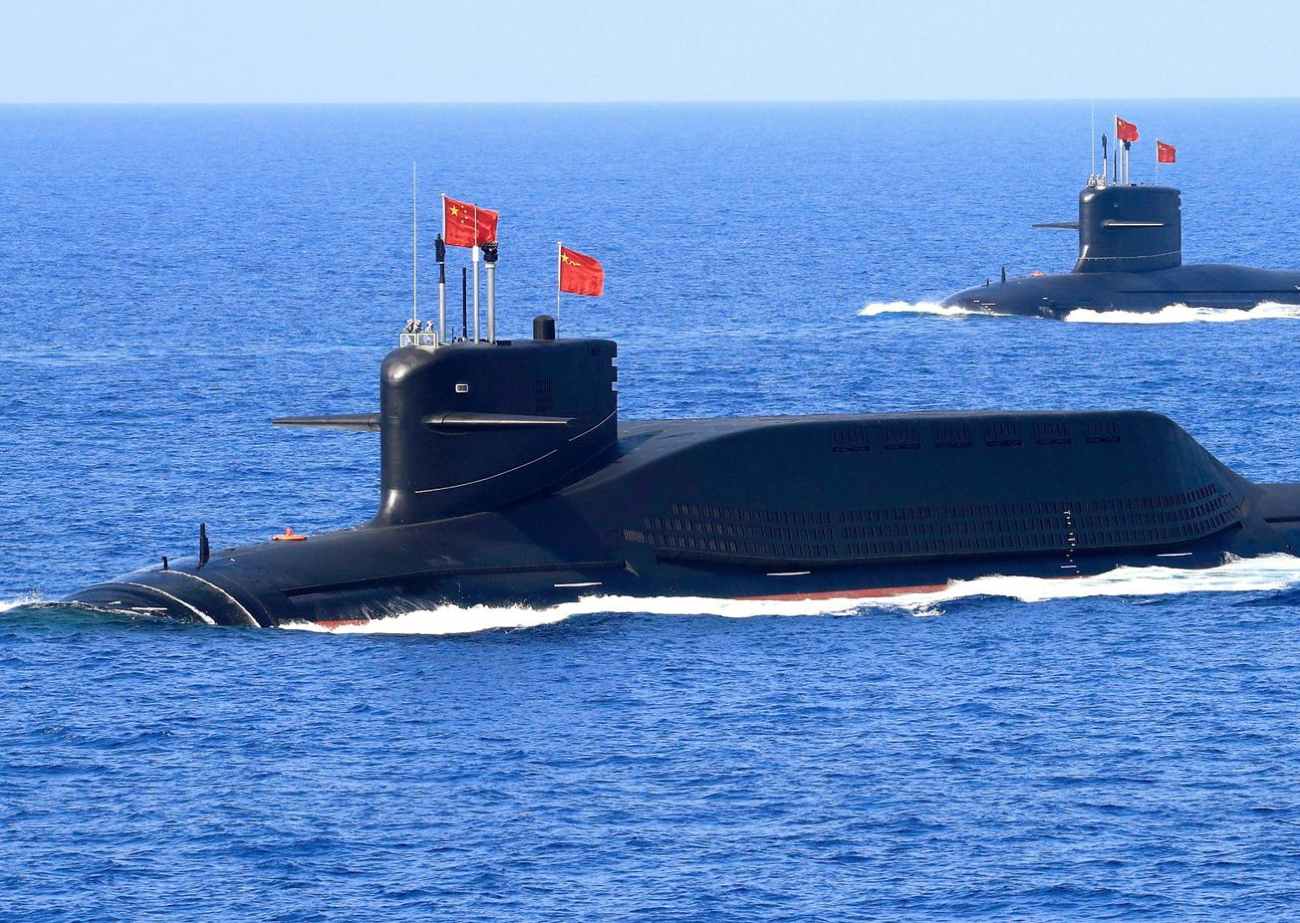Ritu Sharma
Chinese submarines and warships will dock right under India’s nose very soon. In place of supplying submarines to the Bangladesh Navy, China is constructing a port in Cox’s Bazar, which was inaugurated earlier this year.
Satellite imagery suggests that China has made significant progress on the naval base, and the size of the base indicates that PLA-Navy will soon gain “logistical access” to the base.
In other words, the Chinese submarines will call and dock at the Bangladesh port for refurbishment and servicing. The experts are calling it China’s “submarine diplomacy”.
“Gaining a foothold in the Bay of Bengal would significantly level up the PLA’s ability to operate farther from China’s shores and create new challenges for India, as well as the United States and its allies,” a recent analysis of satellite imagery of the under-construction naval base in Bangladesh revealed.
Bangladesh ordered its first two submarines from China in 2013 for the meagre price of just US$203 million as a part of its military modernization under the Forces Goal 2030. The submarines are Type 035G diesel-electric attack submarines, a Ming-class variant first commissioned into the PLA Navy (PLAN) in 1990.
China refitted and upgraded the two vessels before handing them over to Bangladesh in 2016, but their capabilities still lag behind any modern attack submarine. A year after delivering the submarines, the Chinese state-owned defense contractor Poly Technologies secured a US$1.2-billion contract with Bangladesh to build a new submarine support facility on the country’s south-eastern coast.
Christened the BNS Sheikh Hasina Naval Base, after the incumbent Bangladesh’s Prime Minister Sheikh Hasina, the base is constructed on a sprawling 1.75 square kilometer. The construction began in 2020, and the base was inaugurated in March 2023 by PM Sheikh Hasina, who called it “ultra-modern.” Several Chinese officials, including at least two senior PLA-N officers, attended the ceremony.
“Satellite imagery from July 2023 shows that construction continues. Despite the ongoing work, Bangladesh has already stationed its Chinese-made submarines there. Once completed, the base will be capable of docking six submarines and eight warships simultaneously,” the report titled “Submarine Diplomacy- A Snapshot of China’s Influence along the Bay of Bengal” read.
The Bay of Bengal lies on top of the sea lanes of communication that connect China, Japan, and Korea with the Middle East and Africa, and through these lanes, half of the world trade passes.
The Bay of Bengal is the largest in the world, nestled between India on the East and Indonesia on the West, while Bangladesh, Sri Lanka, and Myanmar are the coastal countries. The region’s economic, diplomatic, and security importance attracts significant powers in the East and the West (China, Japan, India, the US, and even Russia).
“Military-to-military exchanges also support China’s strategic objectives. Closer defense ties may help the People’s Liberation Army (PLA) secure access to logistics facilities needed to sustain future naval operations in the region.” the report reads.
The US Department of Defense included both Bangladesh and Myanmar on its list of locations where Beijing is likely striving to establish overseas military facilities.
Bangladesh officials have confirmed that the Chinese personnel are also involved in training its submariners on how to operate the submarines and the new base. Prime Minister Hasina has also noted that the facility could be used as “a service point for ships sailing in the Bay of Bengal” — a potential signal that the PLA-N may one day call at the port there.
China, on its part, has kept the details of the project under wraps as it would not like to antagonize India, which has repeatedly raised the increasing military presence of China and set up military infrastructure in its area of dominance.
“Beijing may also be seeking to avoid stoking additional unease among the United States and its allies,” the experts noted. The region is essential for the US policy of a ‘Free, open and inclusive Indo-Pacific,’ a euphemism for checking China’s assertiveness.

China’s Type 94 Jin-class ballistic missile submarine
China’s ‘Triangle Of Death’
“For India, the presence of Chinese-built submarines in the Bay of Bengal, in a way, makes it a very crowded water body as far as underwater activities are concerned. And it also legitimizes the Chinese presence in more ways than one. It complicates the underwater picture for India,” Commodore (retd) Uday C. Bhaskar, Director of the Society for Policy Studies, told the EurAsian Times.
The two submarines in the Bangladesh Navy don’t pose a significant threat to India, the Asian giant that surrounds Bangladesh from three sides and has a substantial strategic interest in the Bay of Bengal. But the two submarines did come with Chinese officials onboard to train and familiarize the Bangladesh crew with the vessels.
Also, the submarine base will need maintenance and operational support from Chinese personnel. Its proximity to India’s Eastern Naval Command, where its indigenous nuclear submarine is under construction, is a cause of concern.
“China has long sought access to the BoB and the Arabian Sea because of its limited and unfavorable maritime geography, particularly along the Western Pacific. The entry into the BoB for China is being facilitated considerably earlier by Myanmar and now by Bangladesh,” Commodore Bhaskar added.
The three Chinese-run South Asian ports – Chittagong in Bangladesh, Hambantota in Sri Lanka, and Gwadar in Pakistan – have formed a “triangle of death” encircling India. They can prove detrimental to New Delhi’s strategy to maintain strategic dominance in its backyard.
An independent political and energy analyst from Sri Lanka, Aruna Kulatunga, told the South China Morning Post that India views Sri Lanka, Bangladesh, and Pakistan as “de facto satellite states of China because they have leased out land to China.”
The Sri Lankan analyst says these countries form a “triangle of death.” “For (India), it is like strangulation,” he said, adding that New Delhi needs to put more resources into protecting vital sea routes.
No comments:
Post a Comment